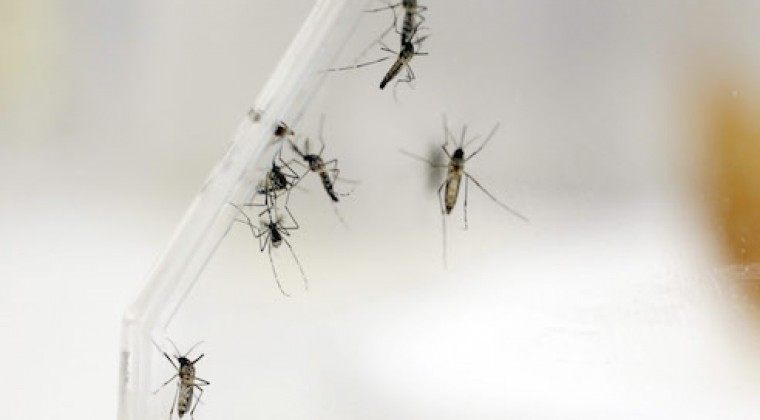The Ministry of Health urges to sustain and strengthen prevention and control actions, in addition to the implementation of integrated response mechanisms to reduce the risk and avoid a national epidemic.
Taking into account the epidemiological situation of chikungunya outbreaks, initially identified in the districts of Clean and Mariano Roque Alonsowhich corresponds to more than 90% of the cases that are dispersed in more than 50% of the health regions of the country, the Epidemiological Alert “chikungunya, threat and national spread”.
Related Topic: With an eñe and a small letter, this is how chikungunya is written, remember the RAE
This situation of dispersion brings together factors that favor it such as:
-Persistence of useless hatcheries in intervened areas.
-Disorderly and unplanned urbanization.
-Inefficient garbage collection.
-Little community participation and of other actors directly or indirectly involved in the response.
-Climate instability that makes chemical control of Aedes aegypti difficult, allowing a high vector infestation to be maintained, which configures an epidemiological picture clearly favorable to the transmission and spread of the dengue, chikungunya and Zika virus.
Recommendations to avoid the epidemic:
-Coordination of the response with other social sectors involved such as the living force of the community and other political sectors.
-Ensure the availability of resources for interventions by both public and private institutions, aimed at controlling the mosquito vector, through raking, social mobilization and environmental management.
-Ensure the response capacity of the assistance services of the entire national health system for timely detection, immediate notification and proper management of cases.
Related Topic: Chikungunya Far Outperforms Dengue in Cases: Recognize the Symptoms and Warning Signs
For this, the following is planned:
Epidemiological surveillance:
1- Make the appropriate notification
2- Type of surveillance: universal. Any person with a definition of a suspect who consults any service must be notified.
3- Surveillance strategies: clinical and laboratory, to detect the syndrome and for confirmation respectively.
4- Notification method, periodicity and instruments: individual and immediate in the IT-DGVSOPS Arbovirosis V2 system.
5- Notification flowchart: from the services, immediately in the IT-DGVSOPS Arbovirosis V2 system.
Assistance network:
1- Case management- acute disease treatment.
2- Considerations in high-risk groups.
3- Differential diagnosis of arbovirosis: dengue, chikungunya and zika.
4- Treatment of chikungunya: acute, subacute and chronic phases.
5- Isolation: keep febrile patients under a mosquito net during febrile illness
Signs and symptoms of the disease
-High fever that lasts between 3 to 7 days.
-Severe joint pain most often in the hands and feet, but can also affect proximal joints.
-Swelling associated with tenosynovitis or tendonitis.
-Disability in patients due to pain, sensitivity, inflammation and stiffness, which is why many of them cannot carry out their usual activities.
-Skin rash two to five days after the onset of fever.





